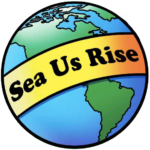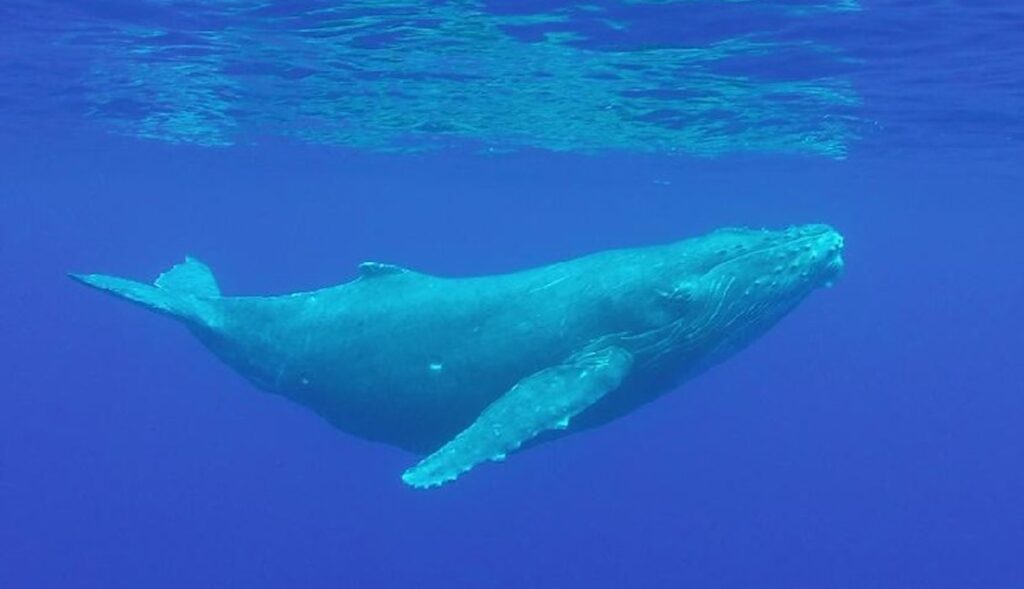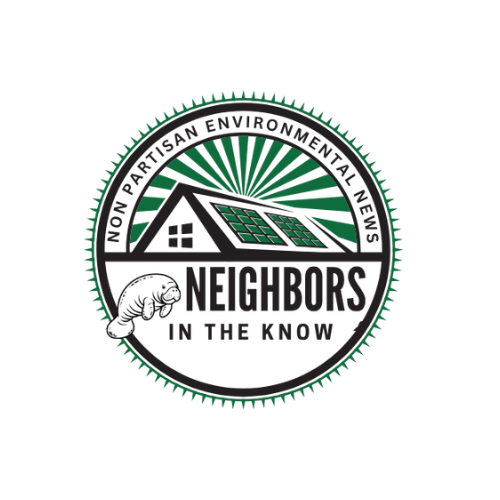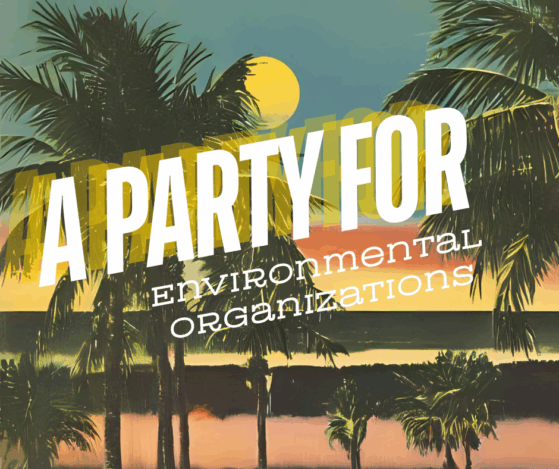There are 29 species (not including microscopic ones) living in Florida’s waters that are threatened or endangered. All them are negatively impacted by anthropogenic – human made – underwater sounds. The National Oceanic and Atmospheric Administration (NOAA) has great information and resources for you to use, especially for understanding how what we do affects the oceans. This site has a slew of wonderful resources for educators on underwater sound.
Unsurprisingly, climate change is making the oceans noisier underwater, because of increased shipping using more shipping routes, changes in water layers globally, and increased commercial activity below the surface.
These sounds harm most marine life, though we are focusing just on the threatened or endangered ones here.
Threatened marine species of Florida:
- Atlantic Sturgeon
- Blue Whale
- Boulder Star Coral
- Elkhorn Coral
- False Killer Whale
- Fin Whale
- Giant Manta Ray
- Green Turtle
- Gulf Sturgeon
- Hawksbill Turtle
- Kemp’s Ridley Turtle
- Killer Whale/Orca
- Leatherback Turtle
- Lobed Star Coral
- Loggerhead Turtle
- Mountainous Star Coral
- Nassau Grouper
- North Atlantic Right Whale
- Oceanic Whitetip Shark
- Olive Ridley Turtle
- Pillar Coral
- Rice’s (Gulf) Whale
- Rough Cactus Coral
- Scalloped Hammerhead Shark
- Sei Whale
- Shortnose Sturgeon
- Smalltooth Sawfish
- Sperm Whale
- Staghorn Coral
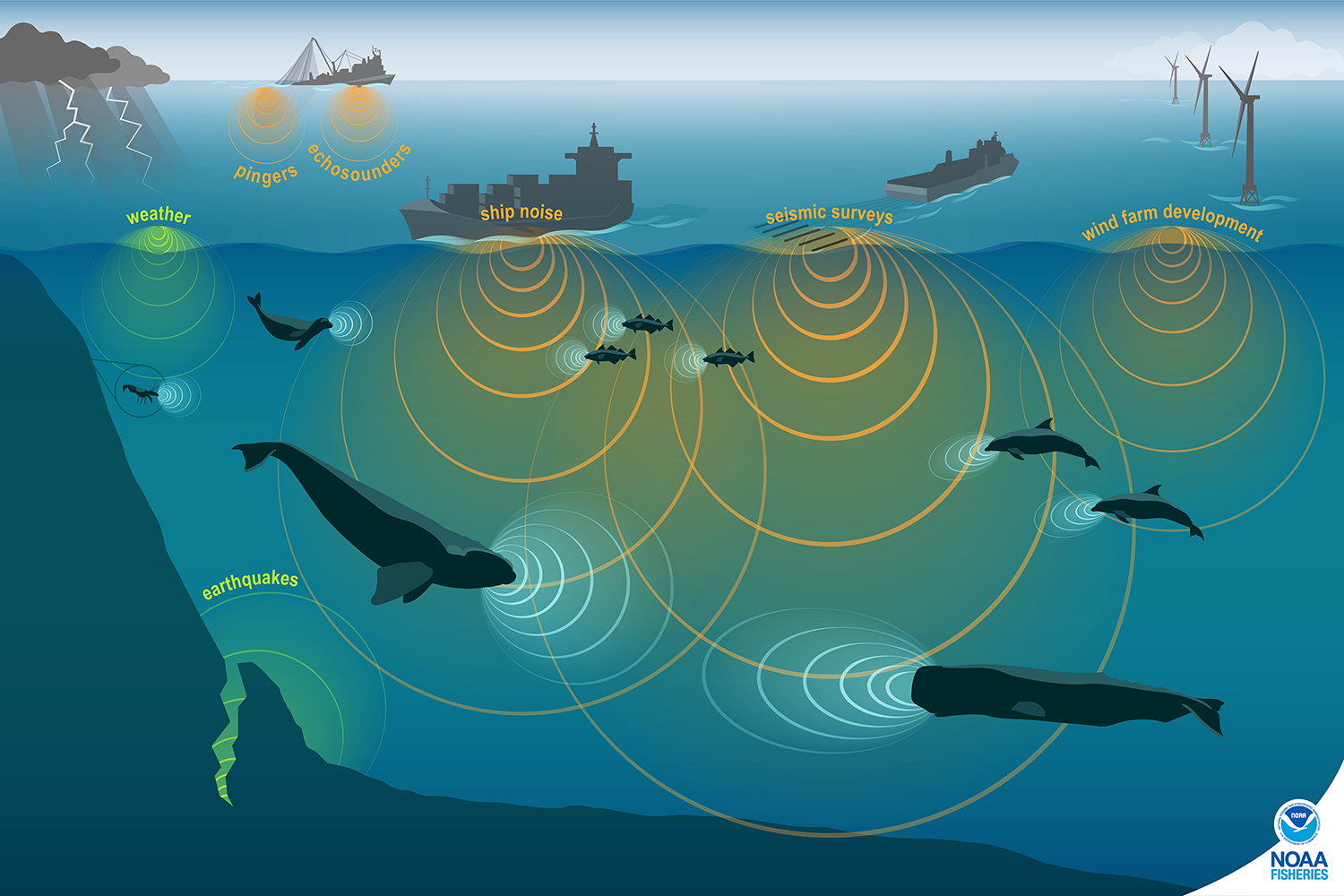
What are some of the ways that underwater sounds harm species?
There are natural underwater sounds – from marine life communications to underground earthquakes. The most common anthropogenic, or human made, sounds come from ships and recreational watercrafts, drilling, sonar, underwater construction, and dredging.
Because sunlight gets filtered away in deeper waters, sea life has come up with other ways to navigate. According to NOAA,
Cetaceans (whales, dolphins, and porpoises) have evolved over millions of years to send and receive a variety of complex sounds. They rely on sound to communicate with each other, navigate, find mates and food, defend their territories and resources, and avoid predators. Fish and invertebrates also use sound for basic life functions.
There are several ways anthropogenic sounds harm marine life: physically harming them, disrupting their communication and navigation, disrupting their mating and reproduction, preventing them from staying in their habitat, and keeping them from feeding – or being fed upon.
Corals
There isn’t a long history of studying human made noise pollution and how it impacts coral reefs. One study in 2002 showed how the noise can lead to confusion, isolation from other of its species, and affect reproduction. The sounds not only masks communication between coral, but it can harm their ability to listen. Coral reefs are naturally noisy places.
Fish
Fish can hear sounds, but not exactly like humans. They use their body more than a single source. Anyone who has held a fish knows they don’t have a hard exterior. They can be stunned or killed by sound alone, even from short bursts of sound. They can lose their ability to hear, and communicate.
Rays & Sharks
Noise disrupts the navigation of these creatures, throwing them off course making them less able to protect themselves, hunt, or find their habitats. Sharks’ hearing is in the low range, so shipping, dredging, underwater construction like pile driving, and seismic airgun blasts can disrupt or destroy their hearing.
Turtles
Research is starting to show that turtles can experience temporary or permanent hearing loss from relatively low levels of underwater noise pollution. This means it is harder for them to tell if there are predators near by, or interact in courtship and mating. Luckily their hearing does often come back.
Whales
Whales are severely impacted by underwater sounds. It disrupts them on all levels. There currently is a project in the Gulf of Mexico that aims to Reduce Impacts of Anthropogenic Noise on Cetaceans. Cetaceans are whales, dolphins, and porpoises. They are great communicators, and are social creatures that rely on communication.
What can we do?
What can we do to reduce harm?
- Reduce the noise that large ships create, and force them to stay away from vulnerable areas. The industry self regulates, so there is little incentive to change.
- Be very careful of the noise and disruption of personal watercraft near shorelines or reefs. Maybe try an efoil!
- Work to stop underwater seismic activity – looking for oil, minerals, or other commercial interests. A coalition of environmental groups are working to protect the Rice’s Whale in the Gulf. Support their work!
- Work to stop harmful underwater sonar testing. Create quiet zones that prohibit shipping and other noisy activities. FarSounder claims their sonar operates at levels that avoid marine life harm.
- Support the creation of Marine Protected Areas (MPAs).

